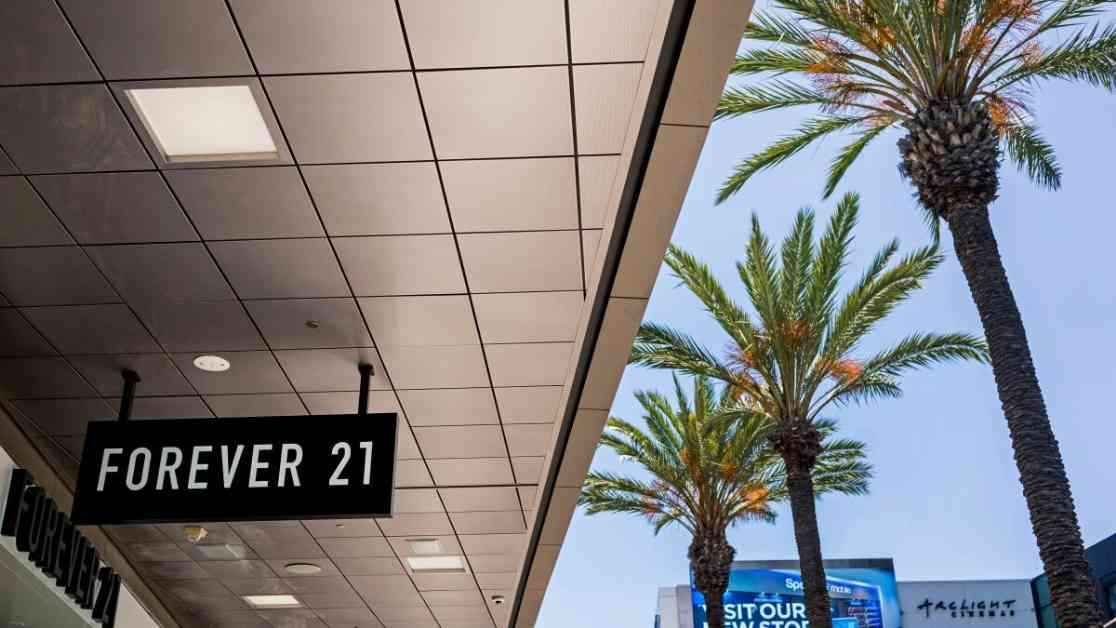Don Won Chang and his wife, Jin Sook Chang, embarked on a remarkable journey in 1984 when they opened a small shop in Los Angeles called Fashion 21. This power couple from South Korea had a dream to provide affordable fashion to teens and young adults, and their venture quickly gained traction. Their 900-square-foot store raked in $700,000 in its first year, laying the groundwork for what would eventually become the iconic brand we now know as Forever 21. The company’s meteoric rise saw it expand to over 800 stores worldwide, raking in billions in revenue, and becoming a staple in the fashion scene, especially popular among young women. However, as with many success stories, Forever 21’s time in the limelight is fading, with plans to close around 200 stores and its Los Angeles headquarters as part of an impending bankruptcy filing, marking the second such filing in six years.
Strategic Shifts and Layoffs
The decision to shutter stores and lay off nearly 360 employees, including key executives, is a hard blow for the once-thriving brand. The company’s U.S. operator is exploring various strategic options, including a potential sale, in a bid to navigate these turbulent waters. The evolving landscape of fast fashion, characterized by rapid changes in trends and fierce competition from online retailers, has posed significant challenges for Forever 21. Nicole Craig, a former senior buyer for the company, noted the challenges of scaling up a teen brand to a larger audience, shedding light on the complexities of this transition.
The bankruptcy process saw the transfer of Forever 21’s intellectual property to Authentic Brands Group and mall operators Simon Property Group and Brookfield Property Partners. This move underscores the harsh reality facing the once-thriving company, as it grapples with the need to restructure and adapt to a changing market. With discussions of potential asset sales or further store closures on the horizon, the future of Forever 21 hangs in the balance, with the brand’s legacy at stake.
Changing Tides in Fast Fashion
The retail landscape has witnessed a seismic shift in recent years, with fast-fashion giants like H&M and Zara dominating the market. Forever 21’s struggle to keep pace with online competitors like Temu and Edikted has further compounded its challenges. The rise of e-commerce and the changing preferences of today’s consumers have reshaped the retail industry, leaving traditional brick-and-mortar stores grappling with a new reality.
Experts highlight the importance of brand perception and customer loyalty in this evolving landscape. As Forever 21 faces intense competition and shifting consumer preferences, the need to redefine its image and appeal to a new generation of shoppers becomes imperative. The brand’s failure to adapt to changing market dynamics and invest in key areas like advertising and online merchandising has left it trailing behind its more agile competitors.
In conclusion, Forever 21’s journey from a local fashion pioneer to a global retail giant and now to a struggling brand on the brink of bankruptcy serves as a cautionary tale in the ever-evolving world of fast fashion. As industry experts and analysts weigh in on the factors contributing to the brand’s decline, the lessons learned from its rise and fall offer valuable insights for businesses navigating the complexities of the modern retail landscape. The legacy of Forever 21, once a symbol of affordable fashion and youthful exuberance, now stands at a crossroads, with its future hanging in the balance.


